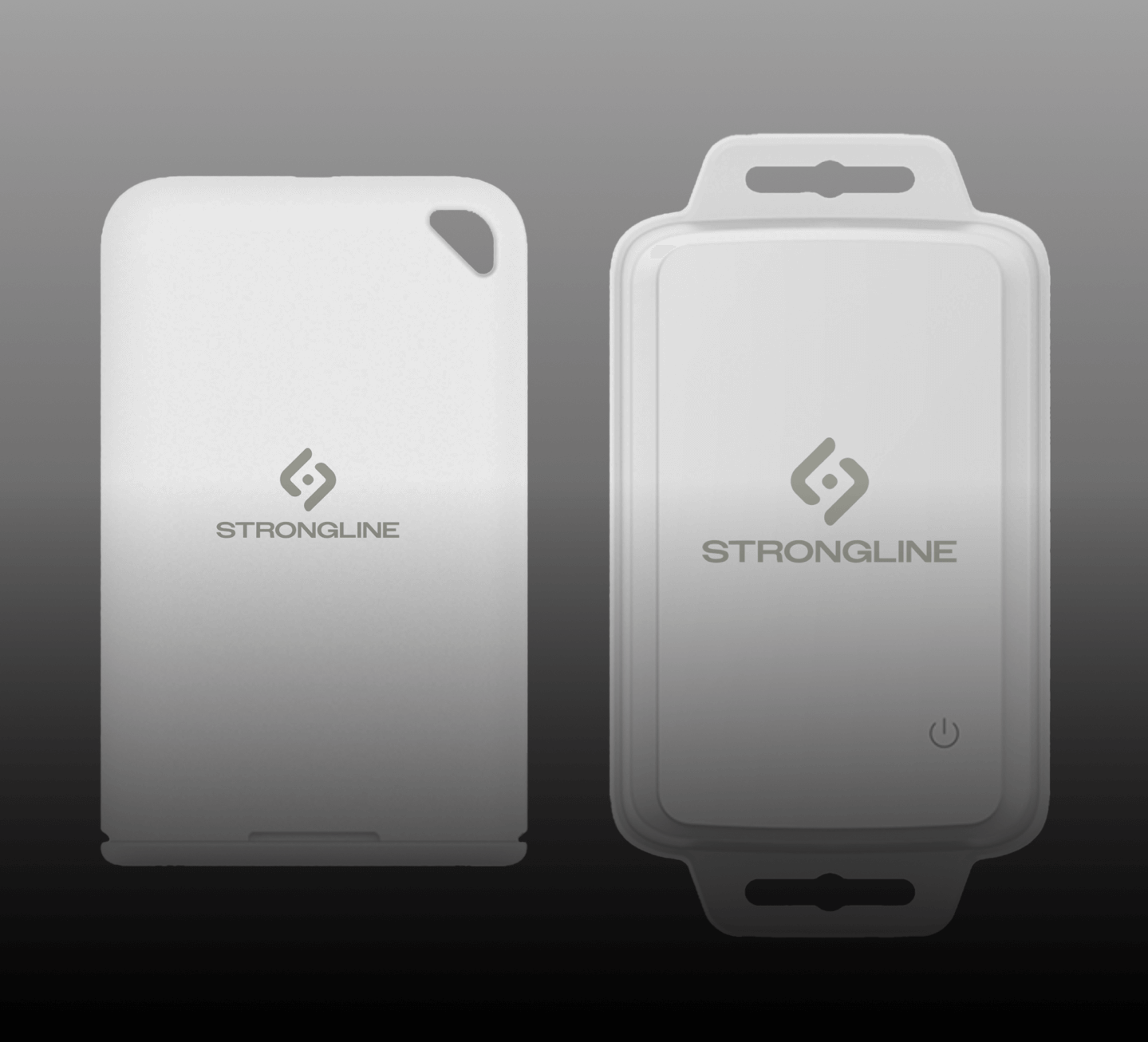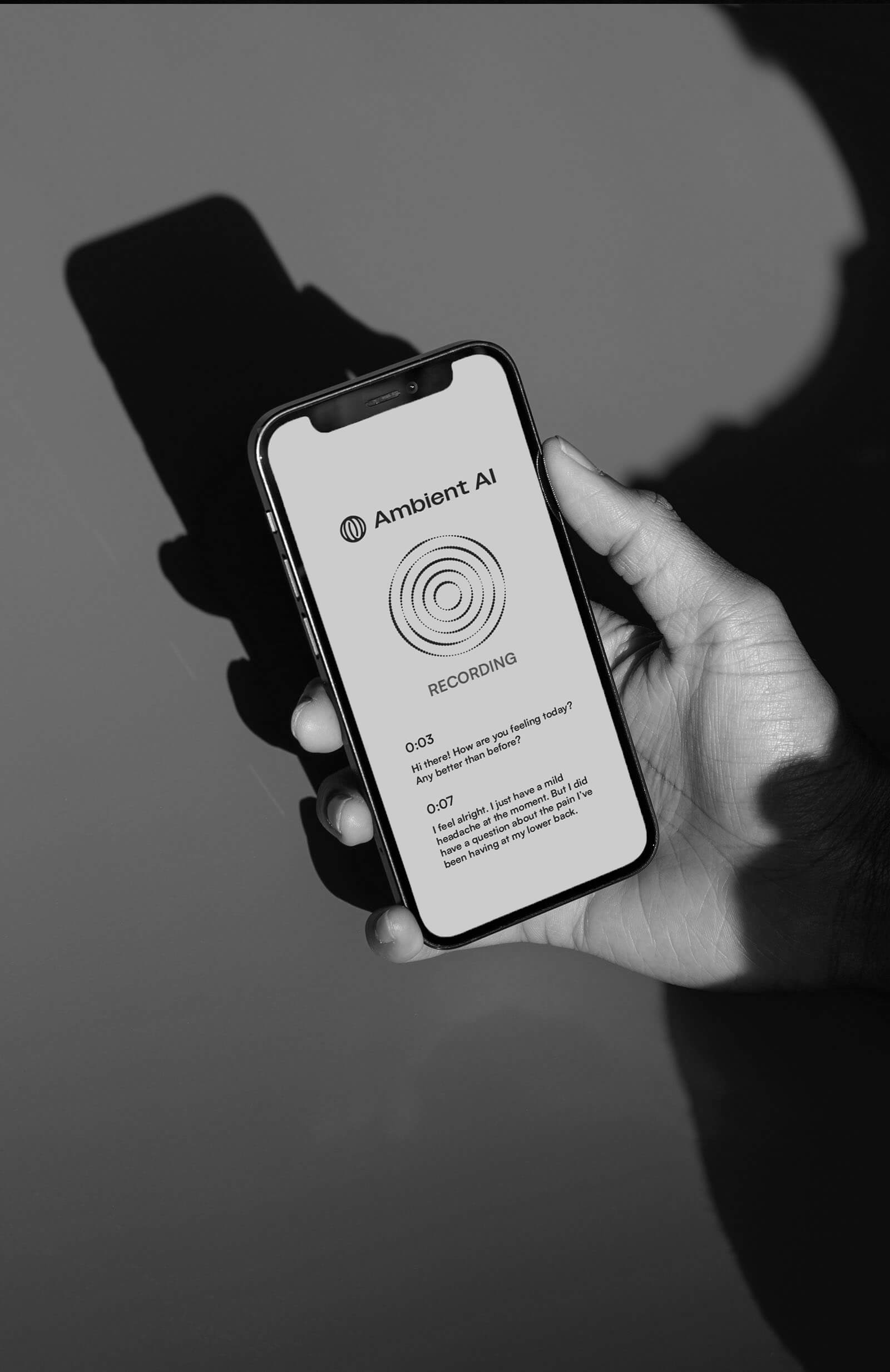ADVANCED ML | automated | scalable | LLM POWERED | collaborative | mission-focused | healthcare-centered | SECURITY-FIRST |
ADVANCED ML | automated | scalable | LLM POWERED | collaborative | mission-focused | healthcare-centered | SECURITY-FIRST |
ADVANCED ML | automated | scalable | LLM POWERED | collaborative | mission-focused | healthcare-centered | SECURITY-FIRST |
Tech-Stack












Trusted by the world's leading health systems












OUR MOST LOVED AND EFFICIENT TOOLS
Featured Products.
SAFETY

RTLS-powered sensor suite for staff duress, and asset tracking
.png)
Documentation

Instant clinical documentation, powered by AI.

This is AI powering your system
America’s most effective healthcare leaders build on Commure.
Recent News
Healthcare infrastructure
built by the world's best
engineers.designers.security engineers.account managers.investors.innovators.
engineers.
designers.
security engineers.
account managers.
investors.
innovators.

























